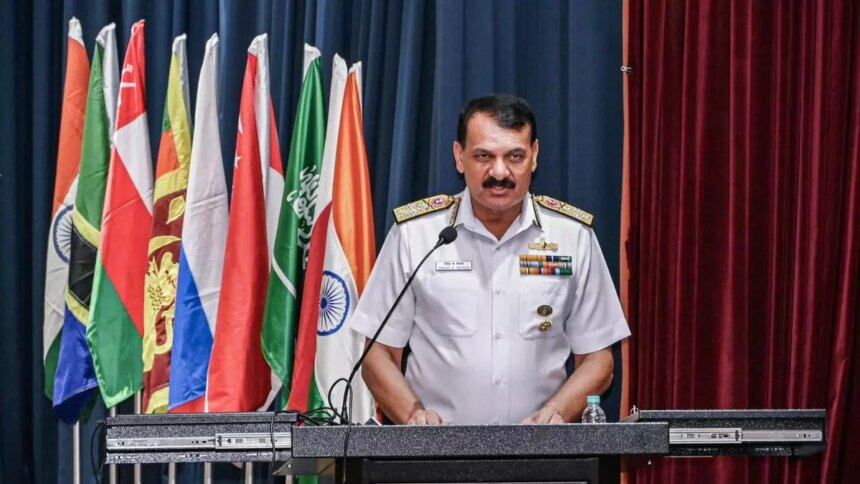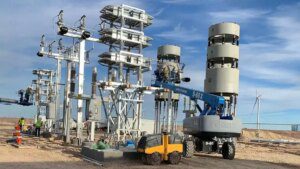Prior to the agreement for the acquisition of MQ-9B Unmanned Aerial Vehicles (UAVs) from the United States, Indian Navy Chief Admiral Dinesh Tripathi announced that the Cabinet Committee on Security (CCS) has approved the purchase of 31 predator drones. These drones are expected to enhance surveillance and operational capabilities.
During the launch of the multipurpose vessel Samarthak, which was built by Larsen & Toubro, Admiral Tripathi mentioned that progress is being made in the construction of 63 ships by both defense PSUs and private industry. By 2027, the Indian Navy aims to achieve self-reliance by 2047.
The approval for the acquisition of 31 MQ-9B High Altitude Long Endurance (HALE) UAVs from General Atomics was given by the CCS on October 9. The deal, valued at around $3.1 billion, is set to be finalized soon, with October 31 being the deadline. The Indian Navy is expected to receive 15 drones, while the Indian Army and Indian Air Force will receive 8 drones each.
Admiral Tripathi emphasized the importance of these drones in enhancing maritime security and surveillance capabilities. He cited a recent incident involving the apprehension of a vessel, where a leased drone was instrumental in tracking the vessel and enabling necessary action to be taken.
The Chief Admiral highlighted the role of private industry in shipbuilding, stating that every rupee spent in this sector has a multiplier effect. The commissioning of vessels like Samarthak will enhance the Indian Navy’s capabilities, allowing for greater flexibility and readiness.
Of the 63 vessels under construction, 17 Bravo ships are high-capacity frigates that will strengthen the Navy’s fleet. Admiral Tripathi expressed confidence in India’s ability to achieve self-reliance in defense manufacturing by 2047, eliminating the need for acquiring platforms from abroad.
Efforts are underway to improve technology and fill existing gaps in the Navy’s capabilities. Admiral Tripathi mentioned the establishment of two task forces led by senior officers to explore and implement cutting-edge technologies from the industry. Overall, he expressed optimism about the Navy’s future prospects and continued growth.










